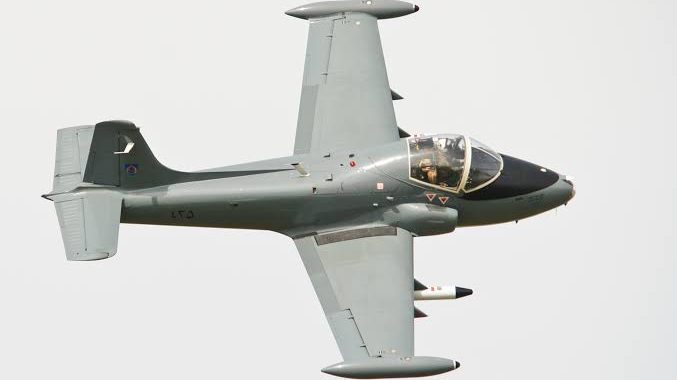Interesting facts about the BAC Strikemaster
The aircraft for today is designated as BAC Strikemaster which was used a light trainer aircraft as well as a light attack fighter that was designed by the British Aircraft Corporation as a cheap alternative to training aircraft. The origin of the BAC Strikemaster rises from the Percival Provost; a lightweight jet engine training aircraft … Continue reading Interesting facts about the BAC Strikemaster
